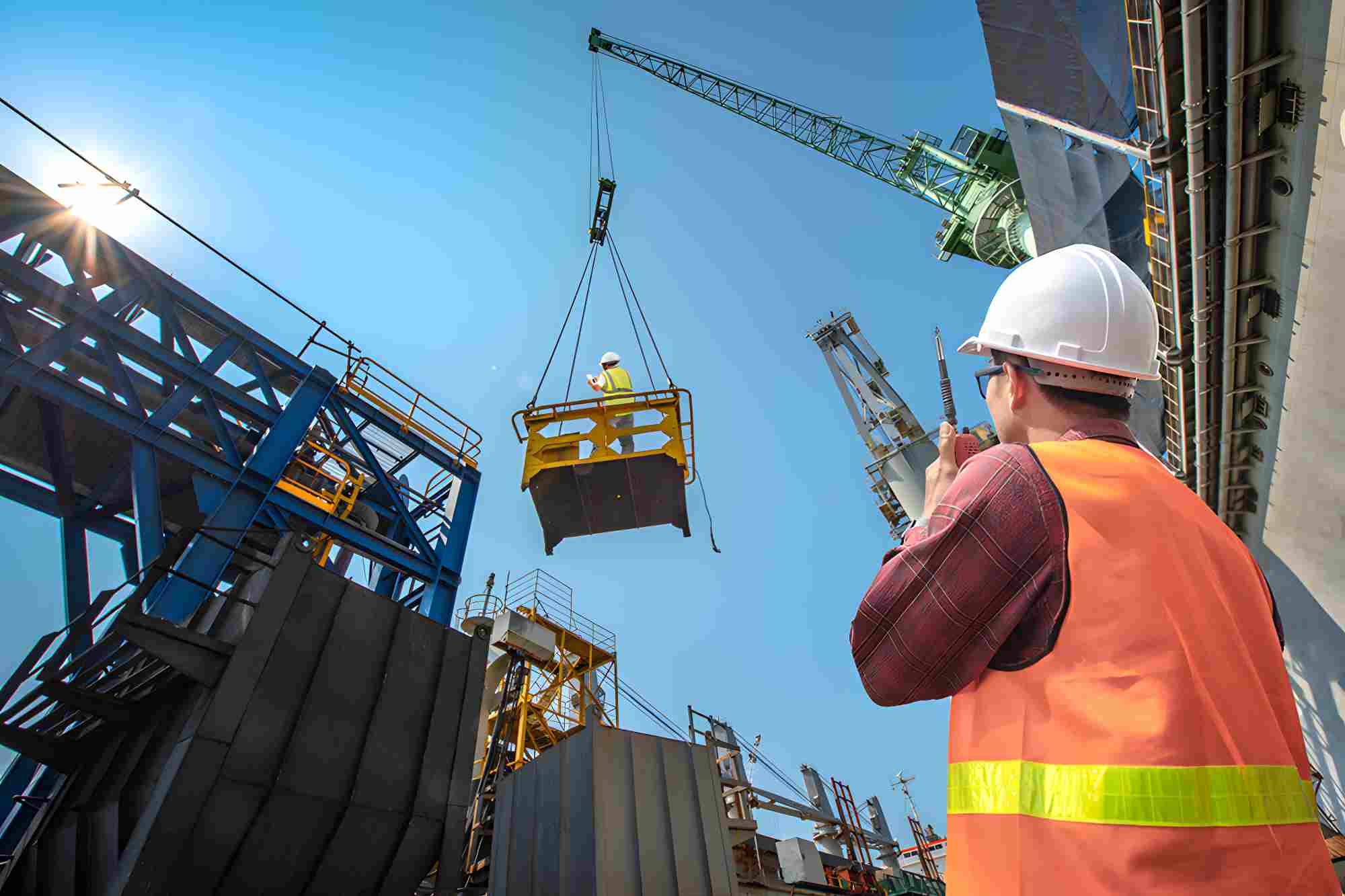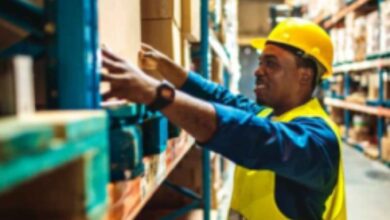Lifting operations are integral in various industries, from construction and manufacturing to logistics and transportation. Ensuring the safety of lifting equipment and operations is crucial to prevent accidents and protect workers and the public. In the UK, the Lifting Operations and Lifting Equipment Regulations 1998 (LOLER or LOLER Regulations) play a vital role in achieving this goal.
This blog will delve into the details of LOLER, explaining its scope, requirements, and how to ensure compliance.
Table of Contents
What is LOLER?
LOLER stands for Lifting Operations and Lifting Equipment Regulations. It is a set of legal requirements designed to ensure the safety of lifting equipment and lifting operations.
LOLER was introduced in 1998 as part of the Health and Safety at Work Act. It covers a wide range of equipment used for lifting and lowering loads, including cranes, hoists, forklifts, and even simple pulley systems.
The main objective of LOLER is to prevent accidents related to lifting equipment by setting clear standards and safety measures that must be adhered to.
Who is The ‘Competent Person’ Under LOLER?
One of the key concepts in LOLER is the role of the ‘competent person.’ According to the regulations, a competent person is an individual who possesses the knowledge, experience, and training necessary to carry out specific tasks safely. In the context of LOLER, a competent person may be responsible for various tasks, including equipment inspection, risk assessment, and operation planning. This individual ensures that lifting equipment and operations comply with regulations.
What are the Employer’s Responsibilities Under LOLER?
Employers have the following responsibilities under the LOLER Regulations:
- Ensure that lifting equipment is suitable for its intended purpose
- Arrange for regular, thorough examinations of lifting equipment by a competent person
- Ensure that lifting equipment is inspected between thorough examinations by a competent person
- Ensure that lifting equipment is maintained correctly
- Keep records of all examinations and inspections
- Report any defects found during thorough examinations or inspections, and take appropriate action
- Provide adequate training and supervision for those who operate or supervise the use of lifting equipment
- Cooperate with others (e.g., other employers, equipment suppliers) to ensure compliance with LOLER
- Provide information and instruction to those using or supervising the use of lifting equipment regarding its safe use
What Equipment is Covered by LOLER?
LOLER covers a wide array of lifting equipment, including but not limited to:
- Cranes and hoists
- Forklift trucks
- Lifts and escalators
- Mobile elevating work platforms (MEWPs)
- Conveyor systems
- Simple lifting equipment, such as pulley systems
Businesses need to identify their specific equipment and understand how LOLER applies to its operation.
Is LOLER Compliance Mandatory in the UK?
LOLER is a legal requirement in the UK. Any business or individual involved in lifting operations must comply with the regulations. Failure to do so can result in legal action, fines, or even imprisonment.
When is Lifting Equipment Inspection Required?
LOLER mandates that lifting equipment undergo regular inspections to ensure safety. The frequency of these inspections depends on the specific equipment and how it is used. In general, inspections should occur at the following times:
- Before first use – New equipment must undergo a thorough examination before being put into service.
- At regular intervals – Lifting equipment should be inspected regularly, with the frequency determined by factors such as the equipment type, usage, and the environment in which it operates.
- After significant modifications or repairs – Any major changes to the equipment or repairs that may affect its safety should be followed by an inspection.
- After any exceptional circumstances – If the equipment is involved in an accident or unusual event that could affect its safety, it should be inspected immediately.
How Do You Plan A Lifting Operation Under LOLER?
Planning a lifting operation under LOLER involves a structured approach to ensure the safety of personnel and the efficient movement of loads. Here are the key steps to follow:
- Appoint a Competent Person: Designate a competent person to oversee the lifting operation and ensure that safety measures are followed.
- Identify the Load: Determine the weight, size, and shape of the load to be lifted. Assess its stability and any special handling requirements.
- Assess the Environment: Examine the lifting location and surrounding area for potential hazards, such as overhead obstructions, uneven ground, or electrical cables.
- Select the Right Equipment: Choose the appropriate lifting equipment for the task, ensuring it is well-maintained and suitable for the load.
- Design a Lifting Plan: Develop a detailed plan that includes information about load attachment, lifting angles, and the order of operations. Ensure that the plan complies with LOLER and other relevant regulations.
- Communicate and Coordinate: Establish clear communication among all personnel involved in the operation, including the crane operator, signallers, and ground personnel.
- Perform a Pre-Use Inspection: Before the lifting operation begins, conduct a thorough inspection of the lifting equipment to confirm its safety and functionality.
- Monitor the Operation: Continuously monitor the lifting operation for any deviations from the plan or unexpected issues, and be prepared to take corrective action if necessary.
- Keep Records: Document the details of the lifting operation, including the equipment used, inspection results, and any issues that arose during the operation.
- Complete Post-Operation Inspections: After completing the lifting operation, perform a final inspection to confirm that the equipment is safe for further use.
Essential Training for Conducting Effective LOLER Inspections
Conducting efficient LOLER inspections requires comprehensive training to gain the necessary knowledge and skills to assess lifting equipment. This process may require completing multiple courses, such as:
- LOLER Training: A comprehensive understanding of LOLER Regulations is essential for those responsible for ensuring the safety of lifting operations. LOLER training covers fundamental legal requirements, standards, and best practices set out in LOLER Regulations.
- Equipment-Specific Training: Inspectors must receive training on the specific types of lifting equipment they will be responsible for assessing. Training can include crane operation and safety, forklift handling, and knowledge of the different types of lifting equipment.
- LOLER Inspection Training: LOLER inspection training equips individuals with the knowledge and skills needed to conduct thorough examinations and assessments of lifting equipment to identify potential hazards.
- Examination and Testing: Understanding how to conduct thorough examinations and testing of lifting equipment is crucial. This includes knowledge of inspection techniques, tools, and equipment.
- Record Keeping: Inspectors need to learn how to maintain accurate records of inspections, including documenting findings, recommendations, and compliance with regulations.
- Health and Safety:
Knowledge of broader health and safety principles is essential to ensure the safe operation of lifting equipment and compliance with LOLER.
Conclusion
Understanding and complying with LOLER is essential for ensuring the safety of lifting equipment and operations in the UK. It sets out clear equipment inspection, training, and planning requirements to prevent lifting operations accidents.
Businesses and individuals involved in lifting operations should be well-versed in LOLER’s provisions and take the necessary steps to comply with its requirements. Compliance includes appointing competent persons, conducting regular equipment inspections, and planning lifting operations with safety as the top priority.
By adhering to LOLER, we can significantly reduce the risks associated with lifting equipment and create a safer working environment for all.





